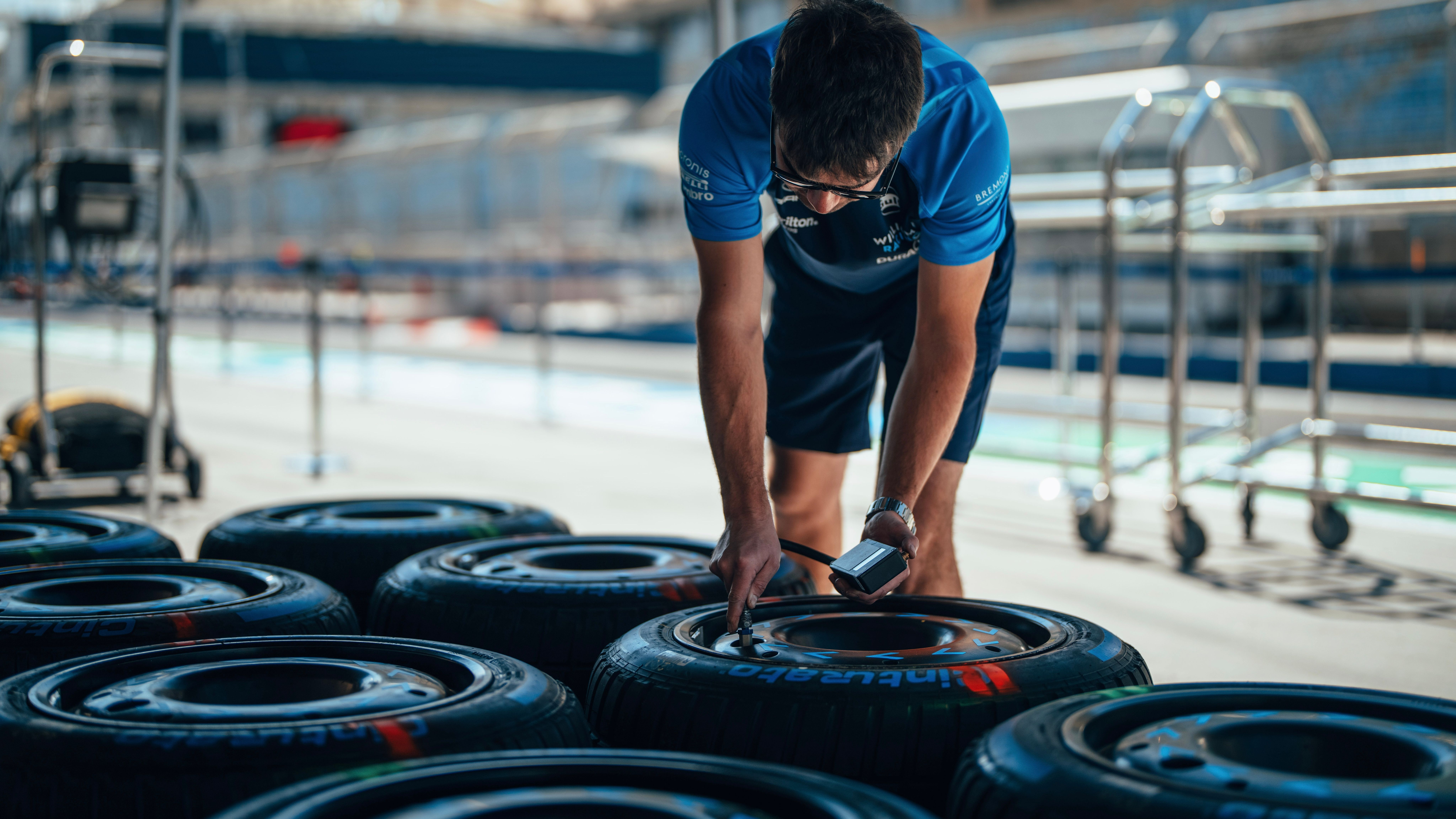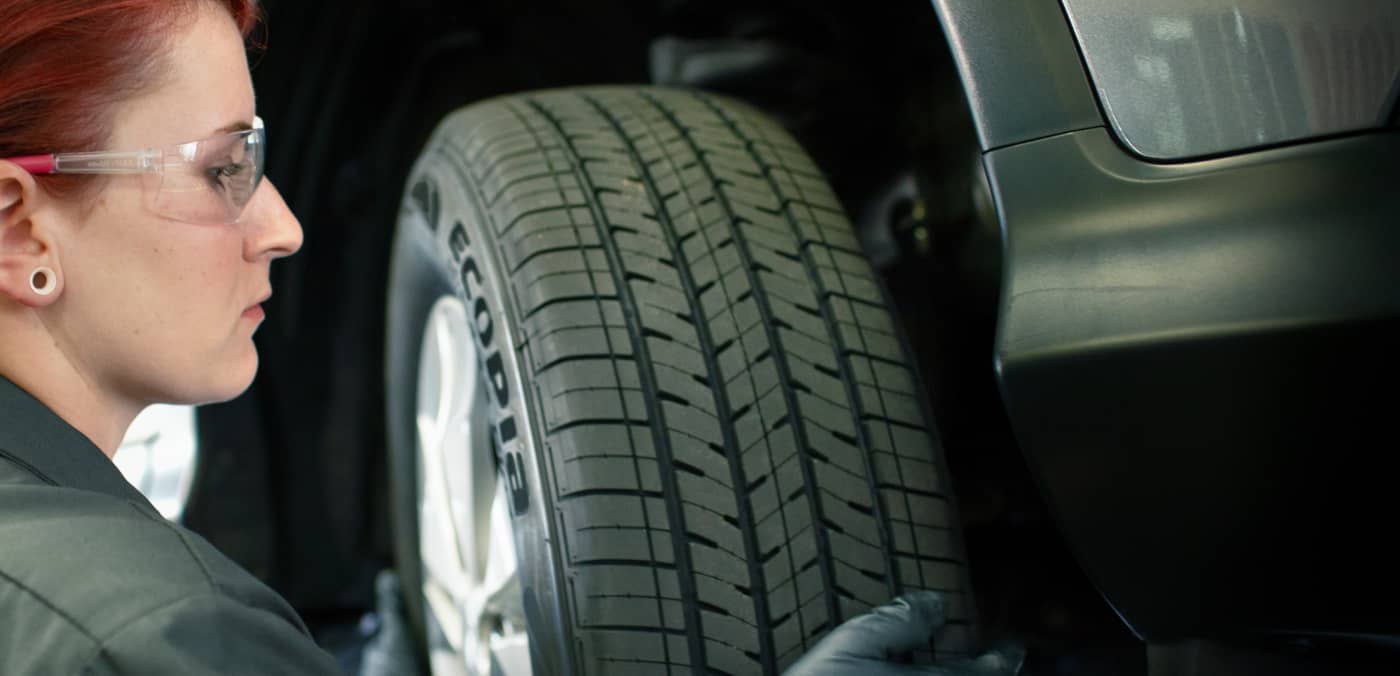All Categories
Featured
Table of Contents
I was able to get 100 hours out of one of these tires, and while it had definitely no tire lugs left on it, the soft substance made it work extremely wellas long as I was making use of a soft mousse. Kitt Stringer picture Easy placing - 3Wear - 3Sidewall stamina - 3Performance on roots - 4Performance on damp rocks - 2Traction on dirt - 5Cornering ability - 4Traction while braking - 4Self-clearing of dirt and mud - 3Performance in mud - 3Overall predictability or tracking - 3 _ 37 Final thought: This is an excellent well-rounded tire with excellent worth for cash.

The wear corresponded and I like for how long it lasted and how regular the feeling was throughout usage. This would also be a great tire for faster races as the lug size and spacing bit in well on quick terrain. Kitt Stringer image Easy installing - 3Wear - 3Sidewall stamina - 3Performance on origins - 4Performance on damp rocks - 4Traction on dust - 4Cornering ability - 4Traction while braking - 5Self-clearing of dust and mud - 4Performance in mud - 4Overall predictability or tracking - 4_42 Conclusion: I liked this tire a whole lot.
If I needed to get a tire for hard enduro, this would certainly remain in my top selection. Easy placing - 3Wear - 3Sidewall strength - 3Performance on origins - 4Performance on wet rocks - 3Traction on dust - 4Cornering capacity - 3Traction while stopping - 3Self-clearing of dirt and mud - 4Performance in mud - 4Overall predictability or monitoring - 3 _ 34 Conclusion: This tire was very soft and pliable.
All the gummy tires I tested executed fairly close for the initial 10 hours approximately, with the winners mosting likely to the softer tires that had far better traction on rocks (Cheap car tyres). Getting a gummy tire will absolutely offer you a strong advantage over a regular soft substance tire, yet you do pay for that advantage with quicker wear
Tyre Warranty – Yokine
This is an optimal tire for spring and fall problems where the dirt is soft with some moisture still in it. These tried and tested race tires are great all about, yet wear promptly.
My total winner for a hard enduro tire. If I had to spend cash on a tire for everyday training and riding, I would certainly select this one.
Trusted Low-cost Tyres Near Me
I have actually been running a collection of Michelin Power Pilot 2CT's on my track Daytona 675 for the past year. Because time I have actually done 15 track days in all climates from cold wet to extremely warm and these tyres have never ever missed out on a beat. Cost-effective car tyres. I've done virtually 2,000 miles (3,200 km) on them and as you can see from this shot of the front taken after first session of my 15th track day on them, they still have rather a great deal of rubber left on them
In brief the 2CT is a fantastic track day tyre. If you're the type of motorcyclist that is most likely to encounter both damp and dry problems and is beginning out on course days as I was last year, after that I think you'll be difficult pressed to discover a far better value for money and qualified tyre than the 2CT; a pair of which will certainly establish you back around 185 (US$ 300) in the UK.
Coming up with a better all rounded road/track tire than the 2CT should have been a tough task for Michelin. The outcome of that effort is the Michelin Pilot Power 3 which basically replaces the Pure. Don't perplex this new tyre with the roadway going Pilot Roadway 3 which is not developed for track usage (although some bikers do).
When the Pilot Power 3 released, Michelin recommended it as a 50:50% road: track tyre. All the motorcyclist reports that I have actually reviewed for the tire price it as a better tyre than the 2CT in all locations yet especially in the wet.
Best Tyre Care
Technically there are plenty of distinctions in between both tyres also though both utilize a double substance. Aesthetically you can see that the 2CT has less grooves reduced right into the tyre yet that the grooves run to the edge of the tire. The Pilot Power 3 has even more grooves for much better water dispersal however these grooves don't reach the shoulder of the tyre.
One facet of the Pilot Power 3 which is various to the 2CT is the brand-new 2CT+ innovation which prolongs the harder middle section under the softer shoulders (on the back tire). This need to give more security and minimize any type of "wriggle" when speeding up out of corners in spite of the lighter weight and even more versatile nature of this brand-new tire.

I was somewhat suspicious about these reduced pressures, it turned out that they were great and the tires executed really well on track, and the rubber looked better for it at the end of the day. Just as a point of referral, various other (fast group) bikers running Metzeler Racetecs were using tyre pressures around 22-24 psi for the back and 24-27 psi on the front.
Developing a better all round road/track tyre than the 2CT have to have been a tough job for Michelin. The result of that initiative is the Michelin Pilot Power 3 which basically changes the Pure. Don't puzzle this new tire with the roadway going Pilot Road 3 which is not made for track use (although some cyclists do).
Affordable High-performance Tyres Near Me (Yokine)
They motivate big confidence and supply impressive hold levels in either the wet or the dry. When the Pilot Power 3 released, Michelin suggested it as a 50:50% roadway: track tire. That message has actually lately changed because the tyres are currently advised as 85:15% road: track use instead. All the motorcyclist reports that I have actually read for the tyre price it as a far better tire than the 2CT in all locations but particularly in the damp.

Technically there are many differences between the 2 tires despite the fact that both use a double compound. Visually you can see that the 2CT has less grooves cut into the tire however that the grooves run to the edge of the tyre. The Pilot Power 3 has even more grooves for far better water dispersal yet these grooves do not get to the shoulder of the tire.
One facet of the Pilot Power 3 which is various to the 2CT is the brand-new 2CT+ innovation which prolongs the harder middle section under the softer shoulders (on the rear tyre). This must offer a lot more stability and reduce any "squirm" when speeding up out of corners despite the lighter weight and even more adaptable nature of this new tyre.
I was somewhat uncertain about these lower stress, it turned out that they were fine and the tires done actually well on track, and the rubber looked better for it at the end of the day - Cost-effective car tyres. Just as a point of recommendation, other (fast group) cyclists running Metzeler Racetecs were utilizing tire stress around 22-24 psi for the back and 24-27 psi on the front
Latest Posts
Tyre Rotation Services
All-season Tyres – Lockridge
Affordable Cost-effective Car Tyres